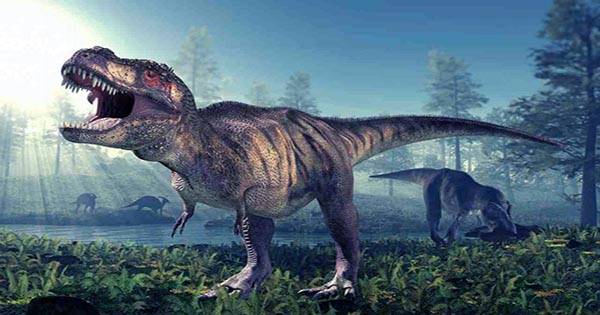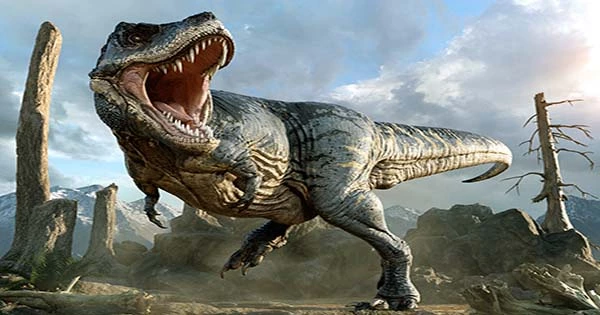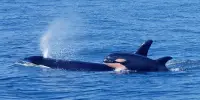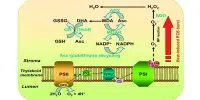Scientists at the Perot Museum of Nature and Science have named a new species of plant-eating dinosaur, implying that the animal roamed eastern North America more than 96 million years ago.
A little jawbone fossil was discovered in 2020 at a rock formation near Lake Grapevine, outside Dallas, where paleontologists from the museum had been collecting fossils for years. Scientists initially thought the two-inch-long jaw fossil belonged to a tiny crocodile, but they were quickly proven erroneous.
“It wasn’t until we got it back to the lab and put it under a microscope and cleaned it up with little pins and needles that we realized it wasn’t like a little crocodile, but rather a new little kind of dinosaur,” said Ron Tykoski, vice president of science at the Perot.

Scientists recently published their findings in the Journal of Vertebrate Paleontology after three years of investigation and research. The dinosaur was named after the volunteer who discovered it, Murray Cohen, as well as the city where it was discovered. The name Ampelognathus coheni translates roughly to “Cohen’s Grapevine jaw.”
Many ornithopod dinosaurs look similar, so scientists weren’t sure if they had discovered a new species at first; however, upon closer analysis of the fossil, they quickly noticed the jaw didn’t fit the structure of other huge dinosaurs in the area. After ruling out the possibility of a crocodile and a large dinosaur, scientists began seriously investigating the possibility of a new species.
The little dinosaur was around six feet long, or the size of a regular office desk, and weighed between 20 and 60 pounds or the weight of a medium-sized dog.
“It’s a little itty bitty animal,” Tykoski explained. “You could almost hold its head in your hand.”
Important fossil discovery: According to Tykoski, small plant-eating dinosaurs had not before been discovered in North Texas, making this discovery rather unusual in the scientific world.
According to him, the discovery has enormous ramifications for the scientific community as well as the future of fossil exploration in North Texas. Scientists discovered a new species in the same rock formation in 2010.
Furthermore, dinosaur fossils from 96 million years ago are poorly documented in North America, painting a hazy image of what life was like at the period.
The fossil record “is actually starting to give us the best picture, the best snapshot of life, in eastern North America, east of the Seaway, of this age,” according to Tykoski. “We predicted that plant-eating dinosaurs and animals would live here.” We just can’t seem to find them.”
The discovery of this small dinosaur in North Texas confirms that this species did, in fact, call the area home at one point and implies that more will be discovered in the coming years.
“There will be more discoveries, and more things coming out in the coming years,” Tykoski told reporters. “We’re just starting to scratch the surface, and just starting to paint that picture of life here in our backyard 96 million years ago.”
















